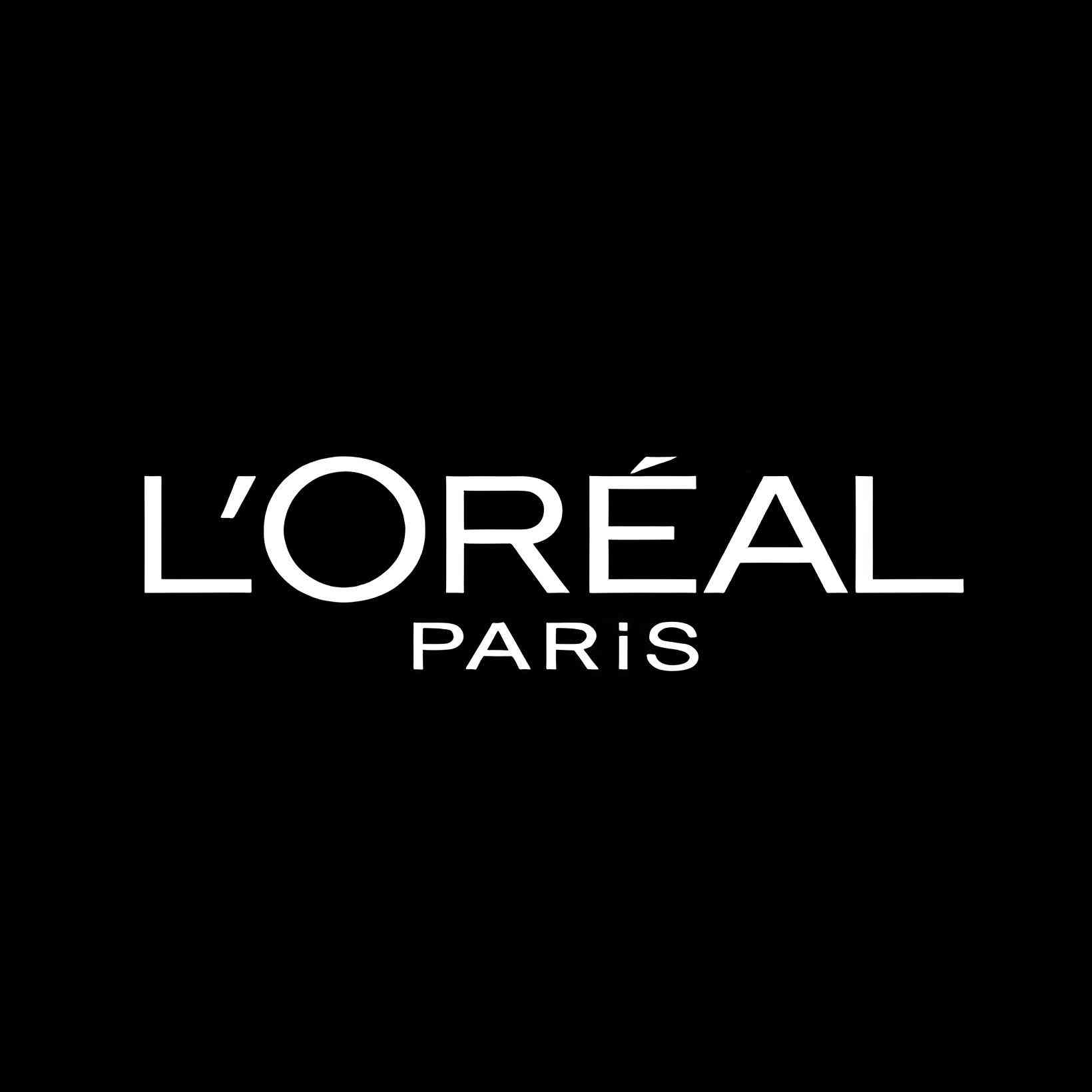
Lets get started finding your next job :]

L'Oréal

Fitness-Wellness ± 88,200
Website +33 1 47 56 70 00 email
Job Openings +44
AI Review
Match CV
Trajectory
-
In Paris6-month internship – Digital, E-commerce and Innovation – January 2026
-
In New york NYAccount Executive, Long Island (YSL/Prada/Miu Miu)
- Amazon SEO Manager
-
In Copenhagen, Capital Regi......B2B Brand Activation Manager - Professional Products Division
-
In MunichBeauty Advisor
-
In FrankfurtBeauty Advisor (m/f/d) for the luxury brands of L'Oréal (Lancôme, BIOTHERM, YSL, GIORGIO ARMANI and many more) Frankfurt/Main
-
In Melbourne (Victoria)Business Consultant - Kerastase and L’Oréal Professional
-
In Alvik, StockholmBusiness Development Internship - Consumer Products Divison
-
In North RhineBusiness Leader Marketing (m/f/d)
-
In Curitiba, ParanáCONSULTOR SELL OUT (PR)
-
In Kyiv, Kyiv CityConsumer & Market Insights Specialist
- Copacking Flow Manager (m/w/d)
-
In ViennaCustomer Director (m/f/d)
-
In DusseldorfE-Key Account Manager (m/w/d)
-
In AdelaideEducator - South Australia
-
In Libramont, WalloniaElectromechanical Technician (M/F) - Libramont Plant - L'Oréal Group
-
In Petaling Jaya, SELANGORFinance Business Partner
-
In Düsseldorf, North Rhine-......INTERNSHIP (M/F/D) Digital Management from 01.03.2026 for 6 months
-
In Düsseldorf, North Rhine-......INTERNSHIP (M/F/D) Digital Marketing & Brand Communication - Start February/March/April for 6 months
-
In Karlsruhe, Baden-Württem......Internship in Production and Process Optimization (m/f/d) - Start: Immediately
-
In TokyoJapan - Aesop CX Specialist (LUXE)
-
In TokyoJapan - Aesop Senior Global Visual Merchandising Designer (LUXE)
-
In TokyoJapan - Kiehl's CX Specialist (LUXE)
- Junior Controller (m/f/d) from November / December / January in Düsseldorf
-
In DusseldorfJunior Supply Chain Manager (m/w/d) ab September
-
In DusseldorfKey Account Supply Chain Manager (m/w/d) - ab Januar 2026
-
In DusseldorfLegal trainee (m/f/d) with a focus on labor law as part of the elective placement - from January 2026
-
In DusseldorfLogistics Clerk (M/F/D) - immediately
-
In Shanghai, Shanghai ShiMedical Digital Manager
-
In Cluj-Napoca, ClujMedical Representative - La Roche-Posay – Cluj
-
In Iaşi, IaşiMedical Representative Iasi (fixed term)
-
In CopenhagenNordic Product Brand Manager - L'Oréal Dermatological Beauty
-
In StyriaRetail Manager (m/f/d) Area Southern Austria
-
In CopenhagenSenior Category Growth Manager - Consumer Products Division
-
In DusseldorfSenior Digital Controller (m/f/d)
-
In OsloSenior Key Account Manager, Consumer Products Division
-
In Melbourne, VictoriaSenior Retail Merchandising Manager - 12-month maximum term contract
-
In ClichySR. Consolidation Analyst
-
In DusseldorfSupply Planner (m/w/d)
-
In Mönchengladbach, North R......Traffic Manager - Logistics Center Mönchengladbach - (m/f/d) as of December 1, 2025
-
In BerlinTrainer for Redken in Berlin (m/f/d)
-
In Seoul[L'Oreal Korea] Product Development Specialist - 3CE Global Operation team
-
In Taipei[L'OREAL Taiwan] Assistant Digital Solution Manager
- [L'OREAL Taiwan] Product Manager - Maybelline
L'Oréal is headquatered at Office Address: 41 Rue Martre, 92117 Clichy Cedex, France